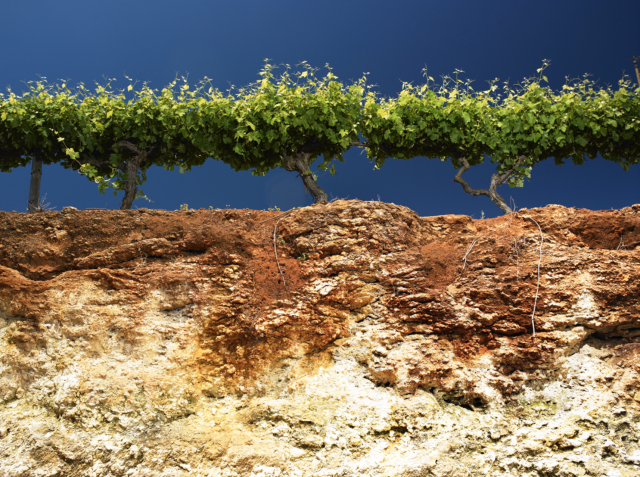This website uses cookies so that we can provide you with the best user experience possible. Cookie information is stored in your browser and performs functions such as recognising you when you return to our website and helping our team to understand which sections of the website you find most interesting and useful.
Could the claret style be returning to Coonawarra?
Medium-bodied is no longer a dirty word in Coonawarra, as some winemakers use modern science and a recent run of cooler vintages to nudge back to the claret style of the 1980s.

Dan Redman, fourth generation winemaker at Redman, a producer in Coonawarra, Australia, pointed to a recent vertical tasting of his family’s wines reaching back to 1970.
“The ‘83, ‘85 and ‘89 were opening up beautifully and drinking amazingly even though at the time they were seen as lesser vintages,” he remarked. “They were that lighter style, that ‘claret’, probably a little more leafy, medium-bodied, yet 30-odd years down the track they’re the wines that were really going well.”
Attributing the “riper” styles of the ‘90s primarily to climatic conditions, Redman nevertheless suggested: “A lot of winemaking now is probably paring back to what Bill Redman and Owen Redman were doing in the ‘50s and ‘60s, and really trying to express the fruit. But we have a lot of knowledge now around the scientific side of things.”
Newer clones
Paul Gordon, senior winemaker at Leconfield, outlined advances in clonal selection to support this trend.
Focusing on Cabernet Sauvignon, which accounted for 51% of Coonawarra’s total grape crush in 2023, he pointed to increasing interest in alternatives to the region’s dominant clones such as SA125, which was widely planted a generation ago.
“There are newer clones available now, often from French sources, which have attributes of maybe freshness of fruit and more tannin development,” Gordon observed.
Gordon also highlighted the discrepancy between today’s emphasis, particularly in the New World, on mono-varietal labelling and the old fashioned blended approach, which many Coonawarra producers find makes better wines but can prove a marketing challenge.
“The blended area is often a very small section in a wine shop, particularly in Australia,” remarked Gordon. “But that doesn’t diminish the fact that blends, particularly from Coonawarra – Cabernet, Cabernet Franc and Merlot – do play a very important part in the overall range of wines that we have to offer in this region.”
Jacinta Jenkins, assistant winemaker at Balnaves had particular praise for the contribution made by Petit Verdot as a blending partner. Depending on the year, this variety is often co-fermented to account for up to 10% of the producer’s Cabernet Sauvignon, although there is no requirement to declare this on the label.
“We just find it gives a really aromatic, perfumed lift; it’s probably quite pivotal to the Balnaves style,” suggested Jenkins. “It’s a little bit later ripening so in a warm season it’s still got that bright freshness if your Cabernet is perhaps advancing. I really think it’s a great blender.”
However, as the producers showed off a selection of their 2019, 2020 and 2021 vintages, cooler growing seasons were a definite trend in a region that, thanks to the influence of ocean currents, is already one of Australia’s coolest climate Cabernet Sauvignon sources.
“I think ‘21 was just an amazing year,” remarked Redman.
In particular, and with an eye to those lighter 1980s vintages he admires so much, he concluded: “The alcohols on these wines are very moderate; it was a beautiful season.”

